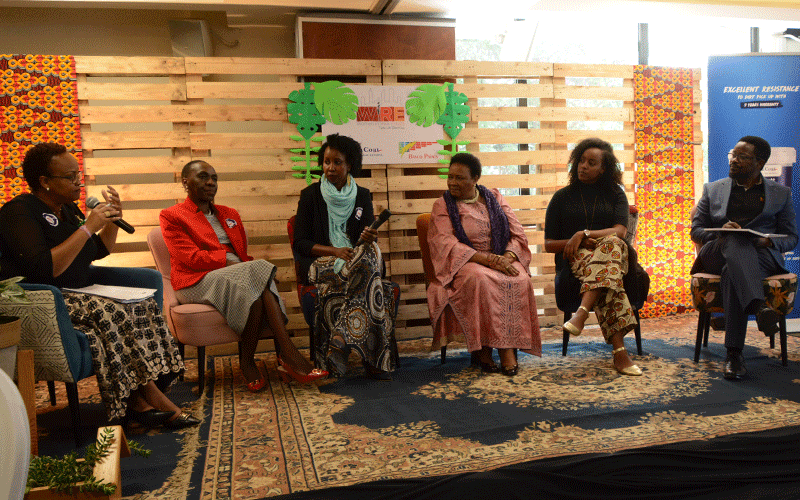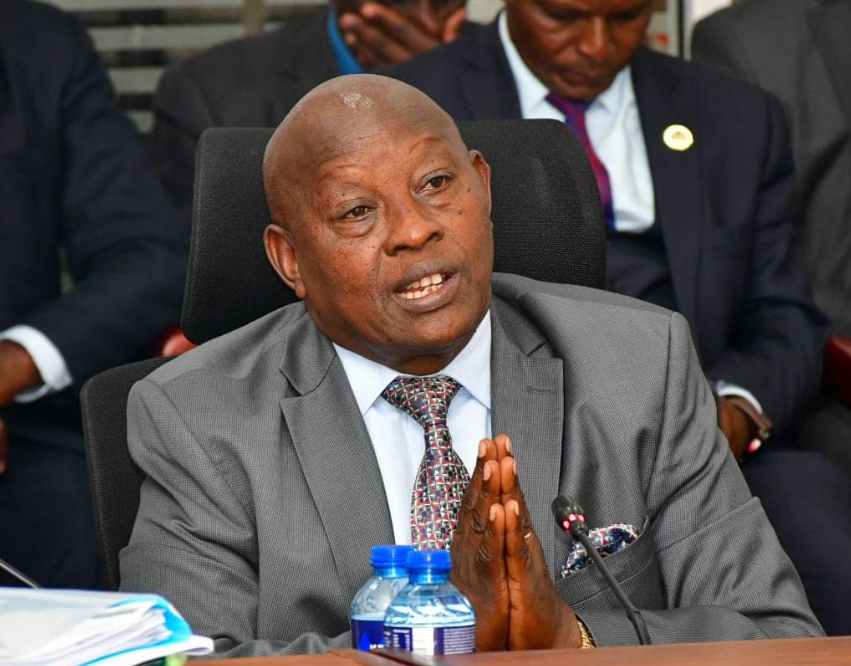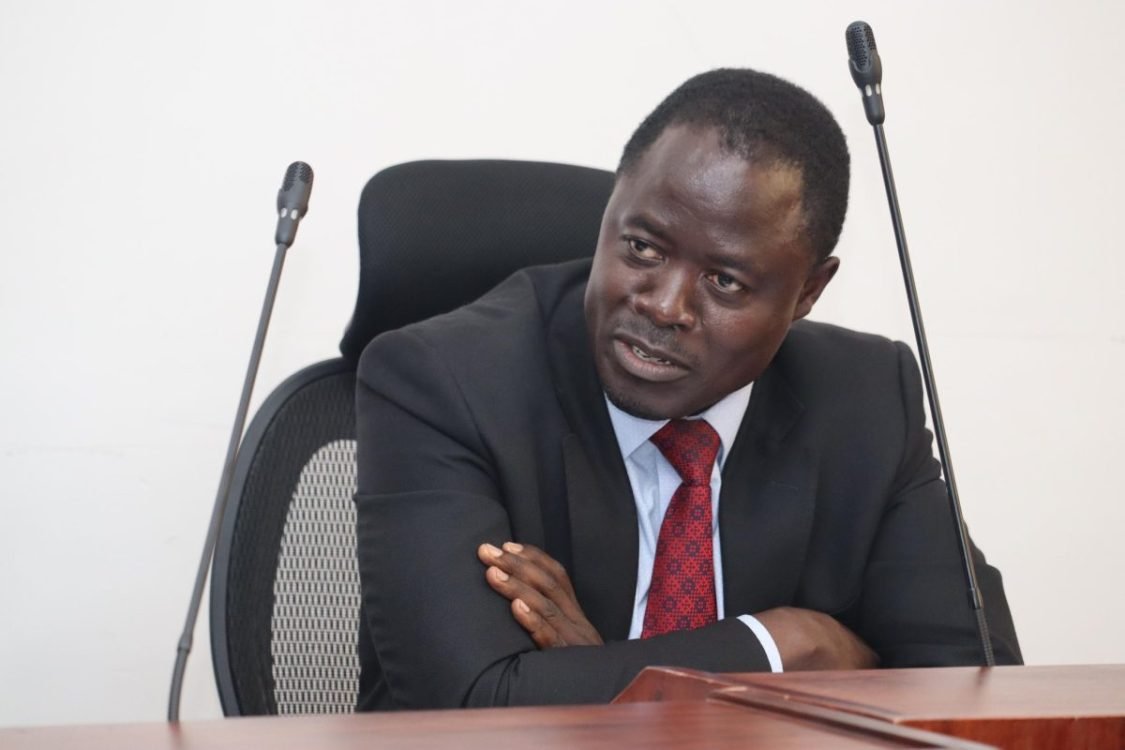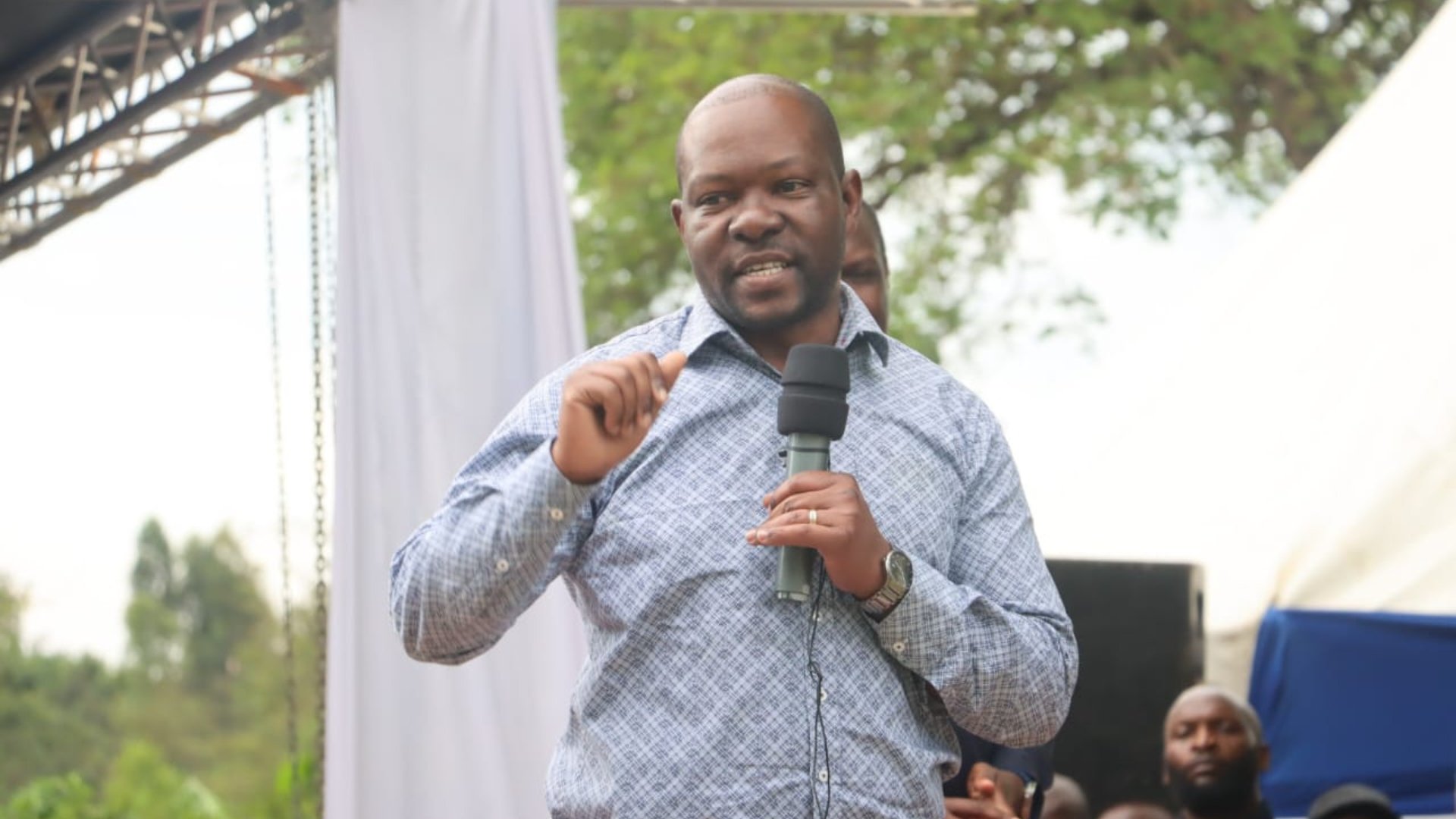More women graduate, but few in the built environment

Milliam Murigi @millymur1
Kenya continues to add more female graduates in the construction industry. However, biases and discrimination discourages them from staying in the professions within the built environment.
This is according to a new survey conducted by Women in Real Estate (Wire), an organisation whose main goal is to advance the achievements of women in the built industry.
The study aimed to bring to light the demographics of women professionals in the construction industry in Kenya and to show the opportunities available in the sector.
University enrolment
Data collected from universities indicate that the total number of women enrolled for construction-related courses including planning, real estate, and construction management stands at 585 this year.
These institutions are the University of Nairobi (UoN), Jomo Kenyatta University of Agriculture and Technology (JKUAT) and Kenyatta University.
JKUAT holds the highest number of enrolled students with 440; Kenyatta University 45 and UoN holding 100. However, not all institutions are recording more graduates.
Data provided by the Institute of Quantity Surveyors of Kenya shows that women students enroled in quantity surveying stands at 183 against only 81 graduates in the same field.
More alarming is that the number of licentiates, which stands at one against a total of 23 licentiates.
“In spite of a steady increase in the number of female graduates, women account for only a small proportion of employees within the built environment in Kenya,” said Emma Miloyo, Wire Vice President.
“The number of women within the construction industry is lower than that of men from the entry point, which is, at enrolment into the various universities,” she added.
Distribution of women inside professional associations’ also remains skewed.
According to the Engineers Board of Kenya, female graduates account for 10.6 per cent of engineering graduates. This means that out of 14,320 graduates, only 1,519 are female.
On the other hand, data supplied by the National Construction Authority (NCA) indicates there are about 2,645 female contractors.
Road works hold the highest number of contractors at 1,514 followed by water works, mechanical works and building work with 996,121 and 14 respectively. There are only two forewomen .
Negative perception
On the other hand for accredited artisans, there are about 983 female professionals out of 34,298 NCA has registered.
There are also 90 female architects out of 763 and 78 female quantity surveyors out of 459.
This shows that in order to improve these numbers, young girls need to be encouraged and exposed to the construction industry at an early stage, for example through mentorship
“Gender discrimination within the construction industry, negative perception that women’s capabilities do not suit construction work, lack of mentoring, slow career progression and cultural bias are some of the factors that contribute to these low numbers,” said Miloyo.
Women in the sector say such statistics confirm that women are still highly under-represented within the construction industry in Kenya and the industry is still, by and large, male-dominated.
The percentage of both female students and female professionals within the built environment, range between seven per cent to 36 per cent – less than half of the total construction workforce.
“Women need to be encouraged and trained in their various fields within the construction industry.
Existing organisations also need to create more forums that enlighten young women on opportunities for women in the built environment.
By exposing young girls to the world of construction and construction-related subjects, women’s entry into the construction industry may be encouraged,” said Miloyo.
Wire officials noted that organisations also need to collect more data on female professionals within their sector.
“Using the data will help to ascertain factors affecting the entry of women into the construction industry and the challenges they face within the industry,” Miloyo said.















